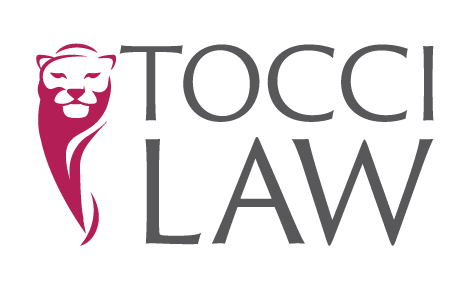Frequently, there is ample negotiating prior to filing a lawsuit. Cases can be settled without judicial intervention. In other cases, it is more effective to file a lawsuit as the first move. In any event, the lawsuit must be filed before the Statute of Limitations expires, even if the other side offered a settlement.
In a personal injury case in New York, the initial lawsuit papers are usually in the form of a “Summons” and a “Complaint.” These documents dictate the entire projection of a case. The summons directs the defendants (parties being sued) to appear in the action and answer the complaint. The complaint is the document that sets forth all of the claims the plaintiff (party who started the case) has to make against the defendants. Any claims that go unmentioned in the complaint are not included in the lawsuit.
In a personal injury case, plaintiffs are making claims against the defendants for their pain and suffering, lost income, medical bills, and any additional expenses incurred as a result of being injured. However, there are additional “causes of action” (a/k/a claims) that can be made against a defendant in a personal injury matter. For example, in a personal injury case, you may be able to assert claims for loss of consortium (family member’s loss of companionship) and repayment of Medicare liens. These additional causes of action can bolster the plaintiff’s position. Each personal injury case is different and there may be a unique claim associated with the injury or the liability. All claims that a plaintiff has against a defendant should be alleged in the lawsuit papers to ensure that the plaintiff is not waiving his/her/their rights to any claim.
Each cause of action alleged in the complaint will have certain elements that a plaintiff must prove to be successful. All of the elements of the cause of action must be stated in the complaint, otherwise the defendant can make an application to the court to have the lawsuit dismissed. In personal injury cases, the cause of action is typically “negligence.” To plead negligence, you must include all of its elements, which are 1) duty, 2) breach 3) causation 4) damages. A single statement for each element is all the complaint must contain in order to be viable.
Counterintuitively, lawsuit papers may be stronger when there are fewer details. The law requires that the complaint contains “statements” sufficiently particular to give the court and parties notice of the occurrence that intends to be proved and the elements of each cause of action. “Statements” are used instead of specific facts. Thus, broad allegations alone are sufficient. The broader the allegations, the better chance the plaintiff has of not boxing himself into facts that may not be true or provable. In a motor vehicle accident, for example, it may be stronger to claim that the vehicles made contact than it is to solely allege the defendant rear ended the plaintiff. If during the discovery phase of the lawsuit, it is revealed that there was a different point of impact, the allegation that the plaintiff was rear ended is invalid. If the lawsuit does not also allege that there was contact between the vehicles, the plaintiff might not have the case pleaded properly in the complaint. Remember, if it is not pleaded in the complaint, it is not part of the lawsuit.
Instead of merely pleading specific allegations in the complaint, it can be a better practice to make broad claims or broad claims and specific claims. In a complaint, a plaintiff is permitted to assert contradicting claims. In the same example of the rear end auto accident, a plaintiff may assert that the defendant rear ended plaintiff’s vehicle and defendant t-boned plaintiff’s vehicle. Although those allegations cannot be true at the same time, the plaintiff is not penalized for making inconsistent claims. The important part is that all of the elements of the cause of action of negligence are plead in the complaint.
There is no need for a plaintiff to title each cause of action. For example, naming the first cause of action “Negligence.” Even where the title is incorrectly named, it does not invalidate the plaintiff’s claims, so long as all of the elements of the claim are expressed.
There is a general rule in the New York courts that each statement in the complaint be numbered. This adds structure and clarity. A defendant must respond to the complaint in a legal document called an “Answer.” The defendant must “admit,” “deny,” or “deny knowledge and information sufficient to form a belief as to the allegation.” When a defendant denies knowledge and information sufficient to form a belief, that response acts a denial. In New York courts, the defendant may deny a paragraph if any part of that paragraph is untrue. That is why short, concise statements can be better than long drawn-out paragraphs. It makes it easier to narrow down exactly what the defendant is denying and admitting.
If you need to start a personal injury lawsuit, it is best to hire a skilled personal injury attorney to draft and file your documents than to do it yourself. The sooner you hire counsel, the better. If you would like to discuss your unique situation with us, please contact our office to arrange a confidential consultation.
Law Offices of Jennifer G. Tocci, P.C.
353 Veterans Memorial Highway, Suite 200
Commack, New York 11725
T: (631) 343-7676
Email: info@toccilaw.com










